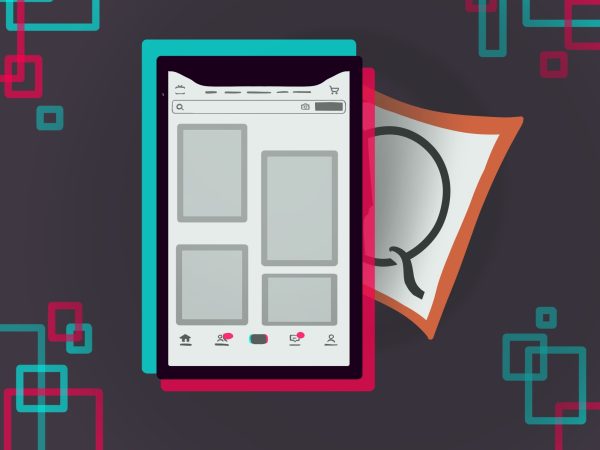Scroll through TikTok long enough and you’ll notice a pattern — there is no line between entertainment and shopping on the app anymore.
A storytime video turns into a product description. A morning routine ends with the link and maybe even a coupon code for the dewy highlighter used. Livestreams are highlighting different products available on TikTok Shop.
TikTok is not that different from QVC — standing for quality, value and convenience — which made a name for itself in the early 90s.
QVC viewers did not just view a product on their screens — they saw it displayed, endorsed and often overstated in a way that made buying feel fun and involved. The spokesperson’s charisma was the selling point. The urgency of limited-time deals made buyers reach for their phones.

Joseph Segel, the founder of QVC, preferred the soft sell over the hard sell, promoted information over pressuring customers and wanted hosts to highlight a product’s virtues through relatable storytelling, according to The New York Times.
The influencers promoting products on TikTok work in a way that resonates with Segel’s ethos. TikTok was first an app for lip syncing to songs, and now people share their lives, dance, vlog, rant, stir drama, do their make up and more.
Within these avenues of TikTok, I have noticed more and more advertisements — whether it be sponsored posts, advertisements partially on the screen, a TikTok Shop ad, a paid sponsorship or an influencer posting about a TikTok Shop item for commission.
One influencer who advertises on TikTok, Halley Kate, has bought a home in the Hamptons and a Range Rover with her earnings. The lifestyle creator mostly talks about products and their relevance in her life. All the items are linked in her Linktree in her TikTok bio, making every production accessible for her viewers and boosting her commission sales.
TikTok and QVC’s respective marketing strategies are comparable given their personable nature. TikTok is even more accessible than QVC in the United States, as almost every American has a phone they carry everywhere. The luxury of accessibility is modernized with shopping through TikTok.
Accessibility is not always the most ethical choice though. Carbon emissions hit an all time high in 2024, according to the International Energy Agency. ThredUp’s 2023 Resale Report reported that buying second hand reduces carbon emissions by an average of 25%.
Taking a pause from the convenience of online shopping benefits the environment and also the mind. Thrifting sparks creativity and helps reimagine what individual style could look like again.
Although TikTok is beginning to resemble QVC, the app was originally more authentic, playful and expressive. Now it is full of advertisements disguised as content.
It’s exhausting to grapple with the negative impacts fast fashion and consumerism are having on both the planet and the person. There is no sign of a detox.
But there is probably a debloating powder or gut-cleanse gummy on TikTok Shop that is life-changing and a must-have. There are no spaces anymore without some sort of ad.
The entertainment and shopping on the app comes at the cost of authenticity, and it is important to remember the environmental impacts. I’m all for scrolling, but pausing to thrift is also a good idea sometimes. The planet will thank you.